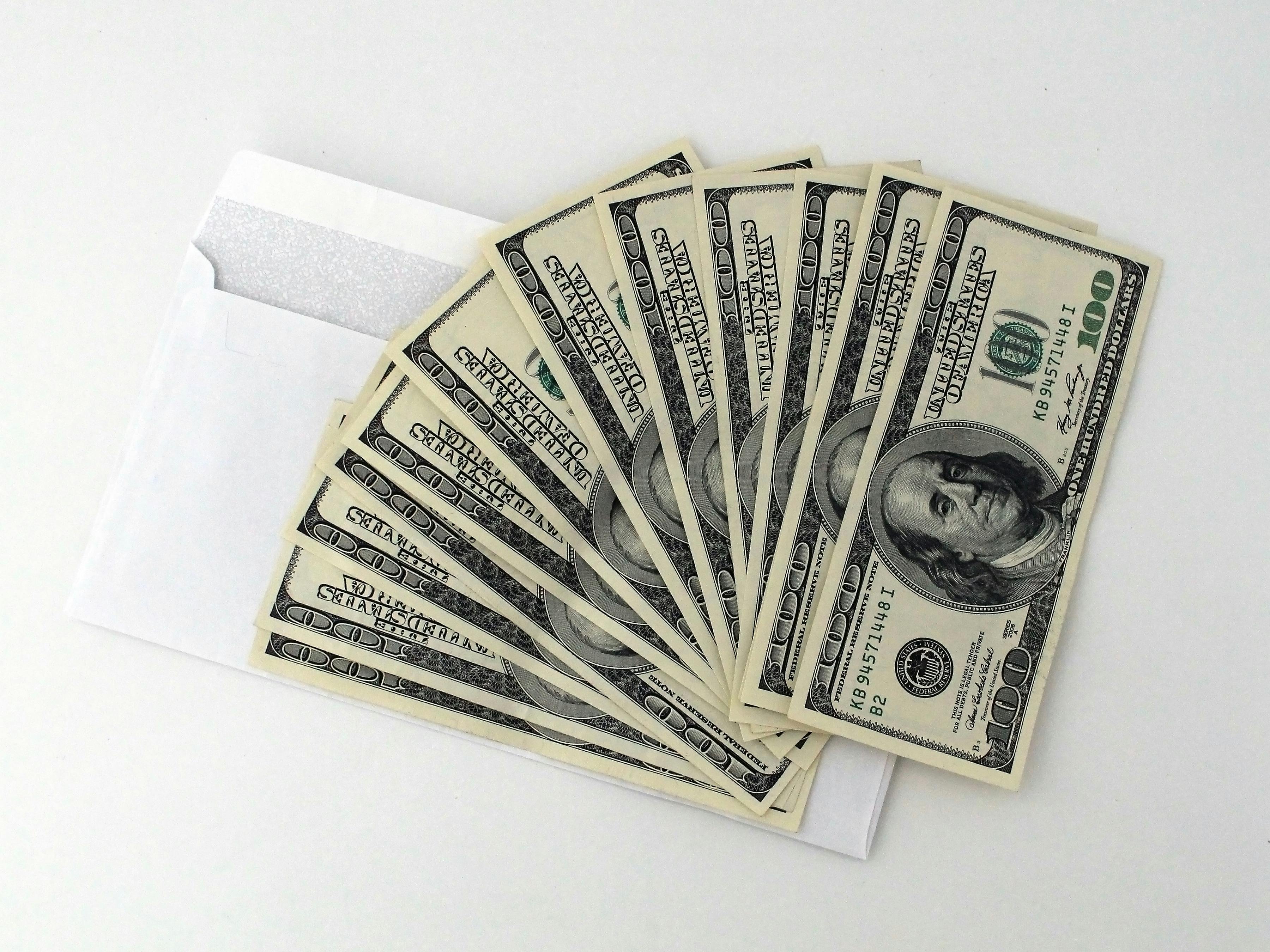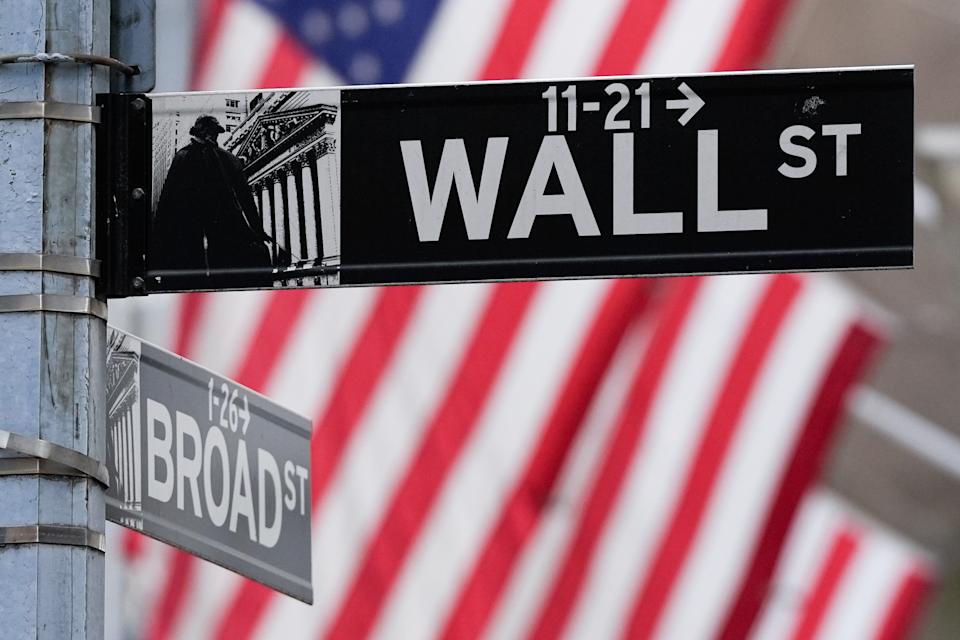Link copied
'Absolutely' a market bubble: Wall Street sounds the alarm on AI-driven boom as investors go all in
stock :: 1day ago :: source - yahoo finance
By Allie Canal
Wall Street is growing louder with warnings that the artificial intelligence trade may be overheating.
After months of record gains in AI-linked stocks and corporate spending, concerns are mounting that the boom is starting to look like a bubble.
JPMorgan CEO Jamie Dimon underscored that tone of caution while speaking to reporters on Tuesday, calling elevated asset prices “a category of concern.”
“When asset prices are elevated, you have further to fall,” Dimon said, adding that while “consumers are still spending [and] companies are making money,” valuations and credit spreads remain stretched.
“You have a lot of assets out there which look like they’re entering bubble territory,” he said. “That doesn’t mean you don’t have 20% to go — it’s just one more cause of concern.”
That caution comes as new sentiment data shows investor exuberance reaching extremes.
Bank of America’s latest Global Fund Manager Survey, released Tuesday, cited an “AI equity bubble” as the top global tail risk for the first time in its history.
The survey, which polls roughly 200 fund managers overseeing nearly $500 billion in assets, also showed cash levels falling to 3.8%, near BofA’s “sell” threshold of 3.7%. Historically, readings below 4% have marked periods of peak risk appetite, often surfacing late in the market cycle.
That optimism is showing up in institutional positioning data too. State Street’s Risk Appetite Index, cited by DataTrek Research, shows large professional investors — or so-called “Big Money” investors — entered the fourth quarter as bullish as they’ve been all year, adding to riskier assets for five straight months.
“Absent a very large shock, it is unlikely they will change their views soon,” wrote Nicholas Colas, co-founder of DataTrek.
Another early warning sign: Correlations across sectors have fallen to their lowest level since the current bull market began. Colas said these “unusually low” readings tend to appear when investor confidence runs “too high” and is a pattern that often precedes short-term pullbacks.
'There's a disconnect'
And as investors double down on risk, companies are matching that conviction and pouring billions into AI.
Google (GOOGL, GOOG) just unveiled a $15 billion investment in India to build its largest data center hub outside the US, while AMD (AMD) shares jumped thanks to a new chip partnership with Oracle (ORCL).
Walmart (WMT) also unveiled a partnership with ChatGPT maker OpenAI to expand AI-powered retail tools. Notably, OpenAI has moved aggressively to lock in chip and infrastructure deals over the past few weeks, inking agreements with Broadcom (AVGO), AMD (AMD), and Nvidia (NVDA) as it diversifies its supply chain — a self-investment cycle some analysts say could be amplifying bubble risks.
“I absolutely believe we are [in an AI bubble],” Michael O’Rourke, chief market strategist at JonesTrading, told Yahoo Finance on Tuesday, citing recent tech megadeals as evidence of how overheated the market has become.
O’Rourke highlighted Google’s $15 billion data center project alongside OpenAI’s roughly $1.5 trillion in AI build-out plans, noting the contrast with the company’s $13 billion in annual revenue and lack of profitability.
“That’s where investors should recognize there’s a disconnect,” he said, adding that Big Tech’s next round of earnings could reveal whether spending on AI infrastructure is finally hitting a wall.
 Wall Street is warning the AI trade may be overheating as record
spending, investor optimism, and soaring valuations fuel fresh fears of a
bubble. (Photo by Johannes EISELE / AFP) (Photo by JOHANNES EISELE/AFP
via Getty Images)
Wall Street is warning the AI trade may be overheating as record
spending, investor optimism, and soaring valuations fuel fresh fears of a
bubble. (Photo by Johannes EISELE / AFP) (Photo by JOHANNES EISELE/AFP
via Getty Images)
But not everyone agrees the rally has reached mania. Some analysts argue the market’s strength reflects conviction, not complacency, and that the AI trade, while stretched, still has fundamental backing.
“I wouldn’t call it an AI bubble,” said Lale Akoner, global market analyst at eToro. “We’ve certainly passed the early discovery phase into what I'd call 'pricing to perfection.' Investors are pricing the story over the execution, and that could mask pure execution, especially for some of the smaller-cap firms."
"However, I don’t think that we are seeing a manic investor psychology," she added. "I think today’s mood is quite optimistic, and there are some elements of FOMO as well, but I wouldn’t call it universally euphoric. These tech firms are quite strong in terms of their balance sheets again, and it is a priced-for-perfection story rather than a bubble story.”
Still, as DataTrek’s Colas noted, Wall Street’s optimism hinges on Big Tech delivering on earnings.
Analysts expect double-digit earnings and revenue growth for companies like Nvidia, Microsoft (MSFT), and Alphabet through 2026 — far outpacing the broader S&P 500.
“These [names] have high bars to meet on the top and bottom lines, leaving less room for upside surprises,” Colas said.
Allie Canal is a Senior Reporter at Yahoo Finance. Follow her on X @allie_canal, LinkedIn, and email her at alexandra.canal@yahoofinance.com.
This week top market trends.
-
Accenture beats revenue estimates, plans $865 million restructuring amid AI shift
2025-09-25 :: companies :: reuters
Recent global market news
-

Jefferies profit misses estimates as bond trading, equity underwriting weaken
2025-03-27 :: :: reuters -
Stablecoins may drum up $1.4 trillion of extra dollar demand by 2027, JPM says
2025-10-08 :: :: reuters




